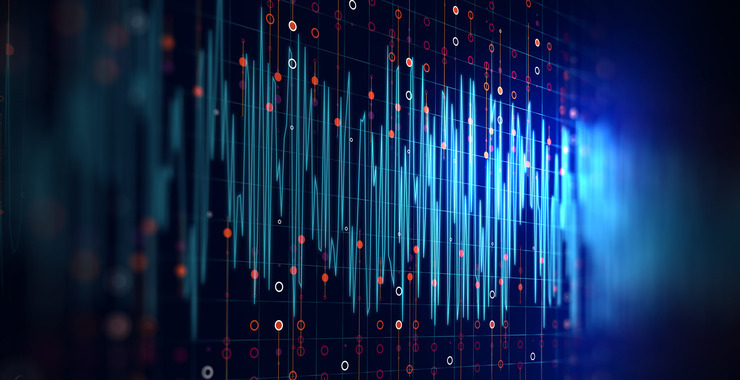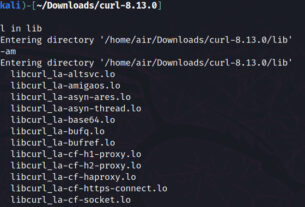Welcome back my aspiring cyber warriors!
Sampling is the process of converting a continuous signal into a discrete signal. In the context of radio signals, sampling is the process of converting an analog radio signal into a digital signal. Remember, the original signal is all analog but our computer systems are all digital. Sampling enables the process of re-creating a digital signal that resembles the original analog signal.
The Nyquist–Shannon sampling theorem states that in order to perfectly reconstruct an analog signal from its samples, the sampling frequency must be greater than twice the highest frequency component of the analog signal. This makes sense as we must capture enough samples to reconstruct the signal and twice the frequencies means 2 samples per wave. Anything less risks producing a digital signal that does not represent the original signal.

For example, if an analog radio signal has a bandwidth of 100 kHz, then the sampling frequency must be greater than 200 kHz. This means that the analog signal must be sampled at least 200,000 times per second.
The sampling process is performed by an analog-to-digital converter (ADC). The ADC converts the analog signal into a digital signal by measuring the amplitude of the signal at regular intervals. The amplitude measurements are then stored as a sequence of numbers.
The digital signal can then be processed by a digital signal processor (DSP). The DSP can perform a variety of operations on the digital signal, such as filtering, modulation, and demodulation.
The digital signal can then be transmitted over a digital medium, such as a computer network or a cellular network.
Sampling is a critical part of radio communications. It allows analog signals to be converted into digital signals, which can then be processed and transmitted over digital media.
Here are some of the benefits of sampling:
Increased accuracy: Sampling allows for more accurate representation of the analog signal.
Reduced noise: Sampling can reduce noise by averaging the signal over multiple samples.
Increased bandwidth: Sampling can increase the bandwidth of the signal, which allows more information to be transmitted.
Sampling is a powerful technique that can be used to improve the performance of radio communications. It is a valuable tool for anyone who wants to transmit analog signals over digital media.





